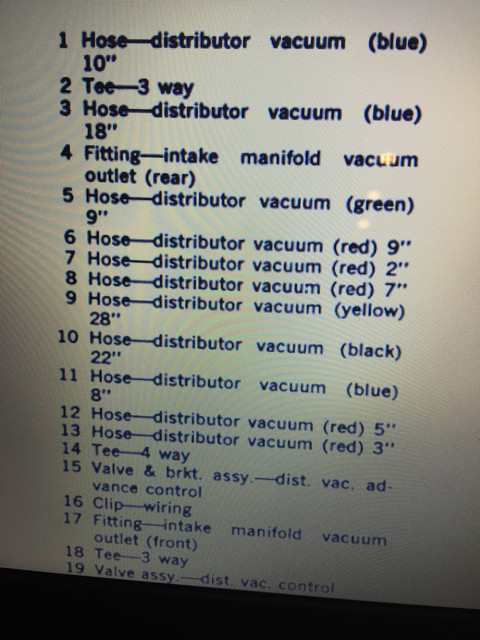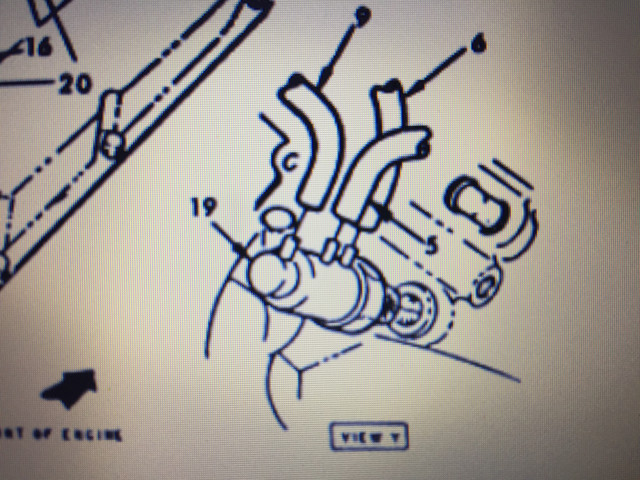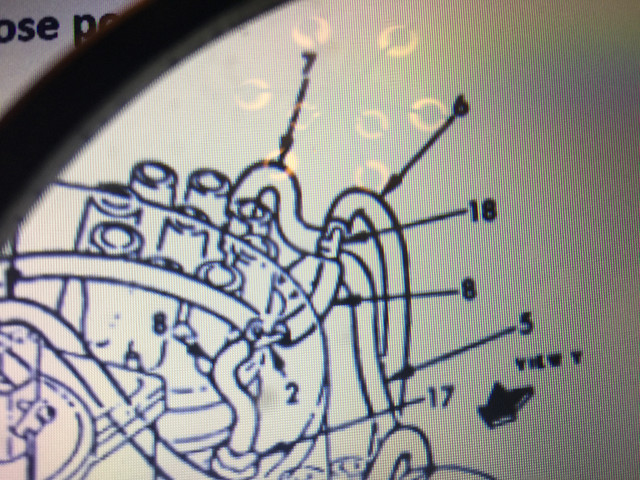I need some advice on timing adjustment on my 72 351HO vert. I'm not very familiar with the dual advance vacuum canister. I usually use a single advance and hook it up directly to the carb vacuum port. With this car, I want it to be the way Ford made it, so I put on all the correct distributor vacuum advance equipment and routed the vacuum lines correctly. Here's my problem:
1. The green emissions decal specific for this car says to set the initial timing at 14 degrees with the vacuum hoses off at the distributor. I did that, then hooked up the hoses, and when I check the timing at idle it goes all the way down to a negative 5 degrees or so (5 degrees retard). The motor didn't feel like it had enough timing advance there, so I bumped the timing up to 8 degrees advance with all the hoses connected at idle. It idles good at that point, seems to have good throttle response (just goosing the carb in the driveway, not driving it around town). When I take the motor up to 4000 rpm the timing maxes out at 40 to 42 degrees total advance (which is better than my other Cleveland's which are bad about kicking the timing up to 48 to 50 degrees total advance when I goose the carb. The motor doesn't ping, I can easily take it up to 5000 rpm in the driveway but don't know if it will perform well on the road. When I kill the car it doesn't pre-ignition. The motor feels like it can even use a little more advance. Opinions?
2. When I open the carb throttle all the way with the engine off the secondaries open up. When I goose the motor all the way up to like 5000 rpm (with the choke all the way open) with the motor running I don't see the secondaries moving at all. Does the motor have to be under load for the secondaries to open? Suggestions?
I'm going to drive the car around to check things out when the weather gets better. Just wanted to get some input from the members who are experts on factory timing and ignition. BTW, I added a 40,000 volt coil and a pertronix set up and trashed the points.
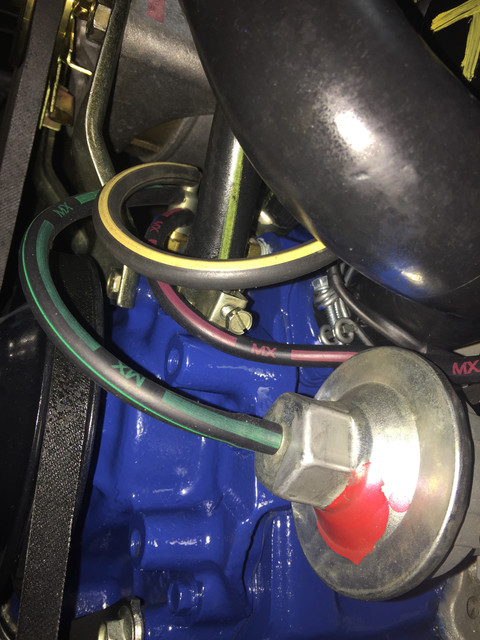
private image upload
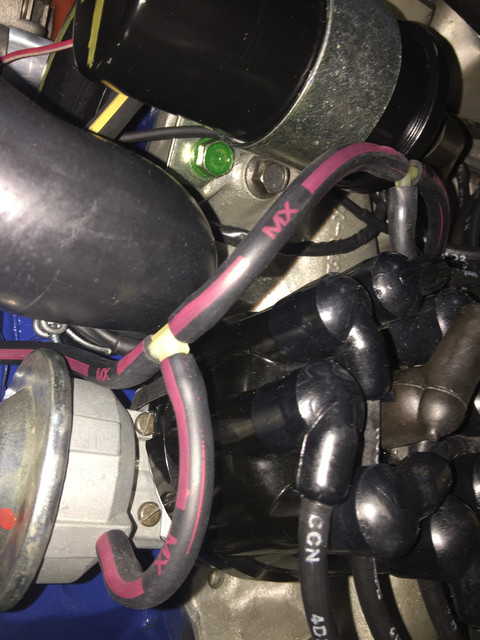
upload images
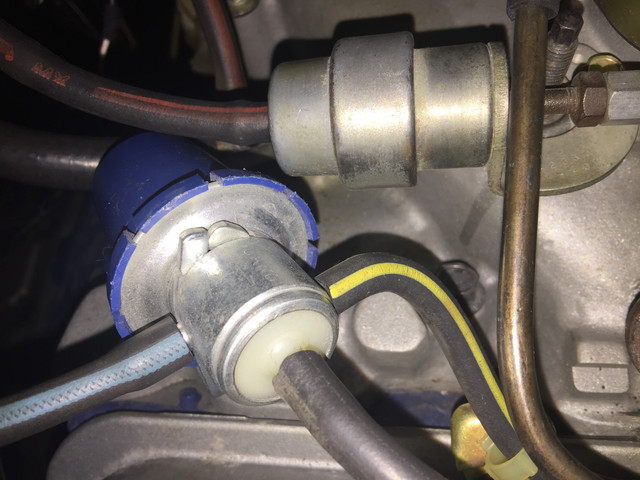
1. The green emissions decal specific for this car says to set the initial timing at 14 degrees with the vacuum hoses off at the distributor. I did that, then hooked up the hoses, and when I check the timing at idle it goes all the way down to a negative 5 degrees or so (5 degrees retard). The motor didn't feel like it had enough timing advance there, so I bumped the timing up to 8 degrees advance with all the hoses connected at idle. It idles good at that point, seems to have good throttle response (just goosing the carb in the driveway, not driving it around town). When I take the motor up to 4000 rpm the timing maxes out at 40 to 42 degrees total advance (which is better than my other Cleveland's which are bad about kicking the timing up to 48 to 50 degrees total advance when I goose the carb. The motor doesn't ping, I can easily take it up to 5000 rpm in the driveway but don't know if it will perform well on the road. When I kill the car it doesn't pre-ignition. The motor feels like it can even use a little more advance. Opinions?
2. When I open the carb throttle all the way with the engine off the secondaries open up. When I goose the motor all the way up to like 5000 rpm (with the choke all the way open) with the motor running I don't see the secondaries moving at all. Does the motor have to be under load for the secondaries to open? Suggestions?
I'm going to drive the car around to check things out when the weather gets better. Just wanted to get some input from the members who are experts on factory timing and ignition. BTW, I added a 40,000 volt coil and a pertronix set up and trashed the points.

private image upload

upload images







